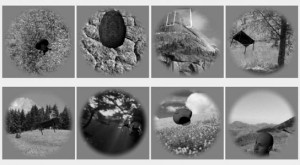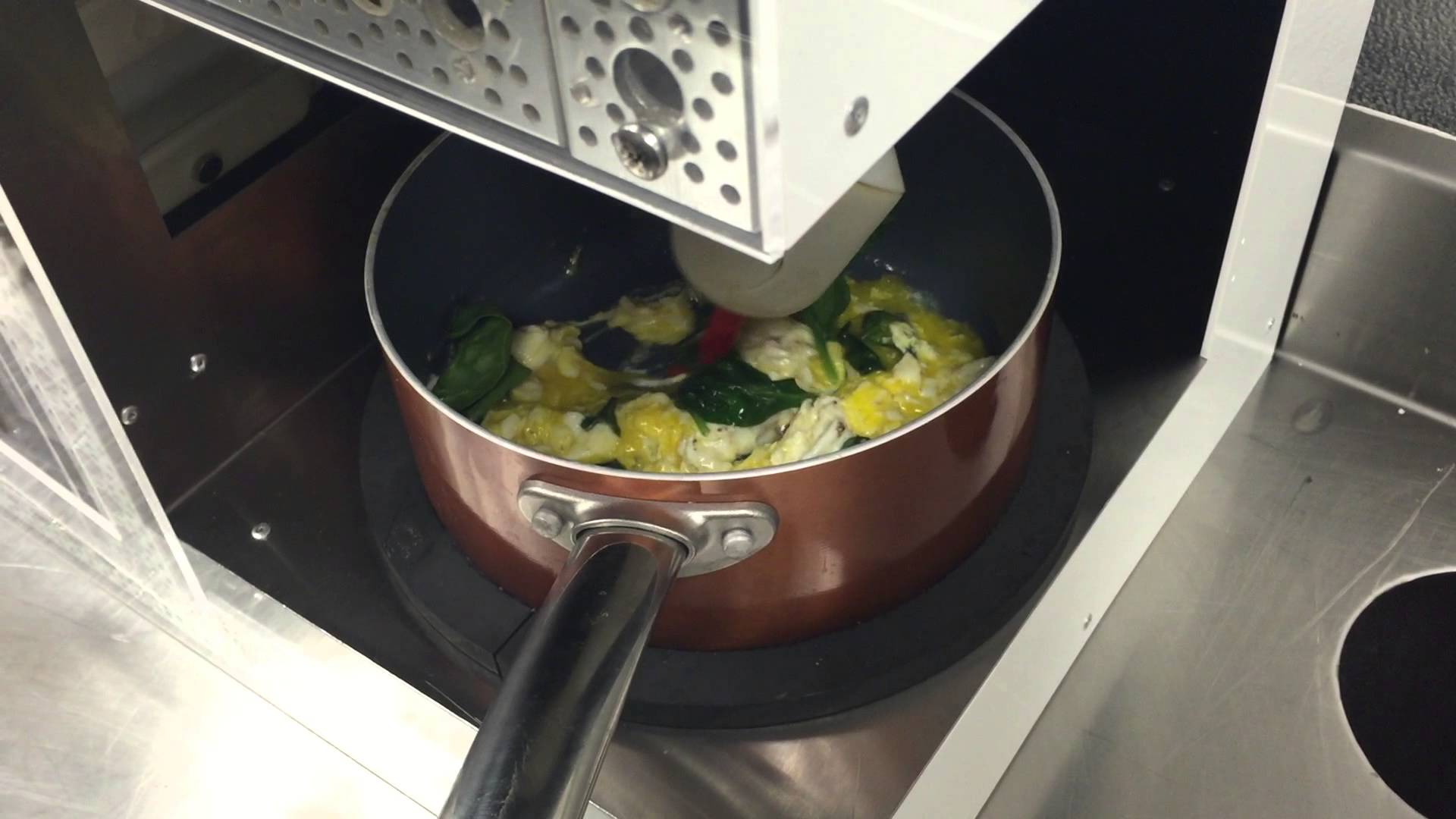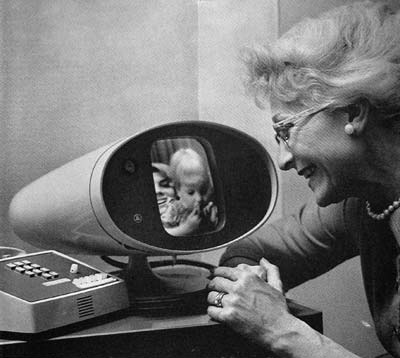Computer Neural Networks to Identify Visuals and Primate Brain
A team of neuroscientists has found that new computer programs can identify the object visuals as well as the primate brain. Neuroscientists have been trying to design the computer networks that can mimic visuals.
Until now, no computer model has been designed which can match the primate brain at visual objects. However, a new study from a team of neuroscientists has found one of the latest generation. This generation which is called as ‘deep neutral networks’ can match the primate brain. The networks are based on how the brain performs object recognition. These networks suggest that neuroscientists have a fairly accurate grasp of object recognition.
Image: Image courtesy of researchers
The models can predict the neutral responses and the distances of objects in neutral population. The better artificial intelligence can be obtained by the improved understanding of how the primate brain works. This can lead to new ways to repair visual dysfunction.
Computer Neutral Networks
The building of neutral networks was started in 1970’s hoping to mimic the brain’s ability. This ability can process visual information, understand language and recognize speech. Scientists were inspired by the hierarchical representation of visual information in the brain. The objects can be identified as the visual input flows from the retina into the primary cortex and then inferotemporal cortex.
Designers have created several layers of computations to mimic the visuals. Each level can perform linear dot product operations. The representations of the visual objects become more and more complex at each level. Unneeded information and the object’s location are cast aside. Each element is a simple mathematical expression. By combining thousands or millions of these together, a very complicated transformation can be obtained. These raw signals into recognitions are very good for object recognition.
The team of researchers first measured the brain’s object recognition ability. They have implanted arrays of electrodes into the cortex. Through this, they were able to see neutral recognition and the population of neurons. They have compared these with the representations created by deep neural networks. The networks consist of a matrix of numbers produced by each computational element in the system. A different array of numbers is produced by each image. The representation of similar objects into similar clusters determine the accuracy of the model.
Processing Power
The recent success is obtained through two major factors of the neutral network.The computational processing power has a significant leap in the availability. researchers are taking the advantage of graphical processing units. These are small chips designed for high performance to process the huge amount of visual content. The second factor is that researchers have access to large datasets to feed algorithms.
The researchers are planning to generate models that can mimic the factors of visual processing such as tracking motion. This work was encouraged by Defence Advanced Research Projects Agency and the National Science Foundation.
External Link: New Network of Computer To Identify Visual As Well As The Primate Brain





